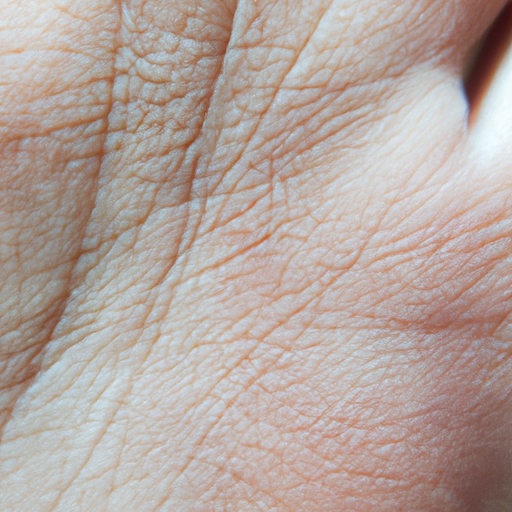As a medical professional, I have witnessed the increasing popularity of facial peels over the years. This surge in demand is not surprising given the promise of a rejuvenated, youthful appearance that these treatments offer. However, it’s crucial to unmask the truth about facial peels, understanding what they are, their benefits, potential risks, and the importance of professional guidance.
Facial peels, also known as chemical peels, are cosmetic treatments that involve the application of a chemical solution to the skin. This solution causes the top layer of skin to exfoliate and eventually peel off, revealing a new layer that is smoother and less wrinkled. There are three main types of peels: superficial, medium, and deep peels, each varying in their concentration of acids and thus, the depth of skin penetration.
Superficial peels gently exfoliate the outermost layer of skin using mild acids like alpha-hydroxy acid. Medium peels penetrate the outer and middle layers of skin to remove damaged cells using stronger acids like trichloroacetic or glycolic acid. Deep peels fully penetrate the middle layer of skin to remove damaged cells using phenol, the strongest acid.
The benefits of facial peels are numerous. They can reduce fine lines under the eyes and around the mouth, treat wrinkles caused by sun damage and aging, improve the appearance of mild scars, treat certain types of acne, reduce age spots, freckles, and dark patches, and improve the overall look and feel of skin.
However, like any medical procedure, facial peels come with their own set of potential risks and side effects. These can range from mild irritation, redness, and dryness in the case of superficial peels to changes in skin color, scarring, and in rare cases, heart, liver or kidney damage with deep peels. It’s also important to note that a facial peel does not slow down the aging process or prevent it.
One crucial aspect to consider is the importance of professional guidance. The internet is rife with DIY facial peel recipes and over-the-counter products. While these may seem like a cost-effective solution, they can lead to disastrous results if not used correctly. Chemical peels should always be performed by a certified dermatologist or a trained skin care professional. They can assess your skin type, discuss your goals, and recommend the type of peel that would be most beneficial for you.
Post-procedure care is equally important. This includes protecting your skin from the sun until new skin completely covers the treated area. Using a broad-spectrum sunscreen that protects against both UVA and UVB light is recommended. It’s also advised to avoid certain types of activities like heavy exercise that can cause sweating, sauna use, and swimming for at least 48 hours after the procedure.
In conclusion, facial peels can be a powerful tool in your skincare arsenal, offering a range of benefits from reducing signs of aging to improving skin texture and tone. However, it’s essential to approach this treatment with a clear understanding of what it entails, its potential risks, and the importance of professional guidance. Always consult with a certified dermatologist or a trained skin care professional before deciding to undergo a facial peel.



